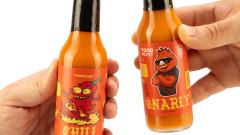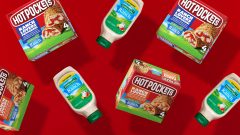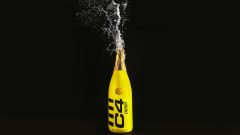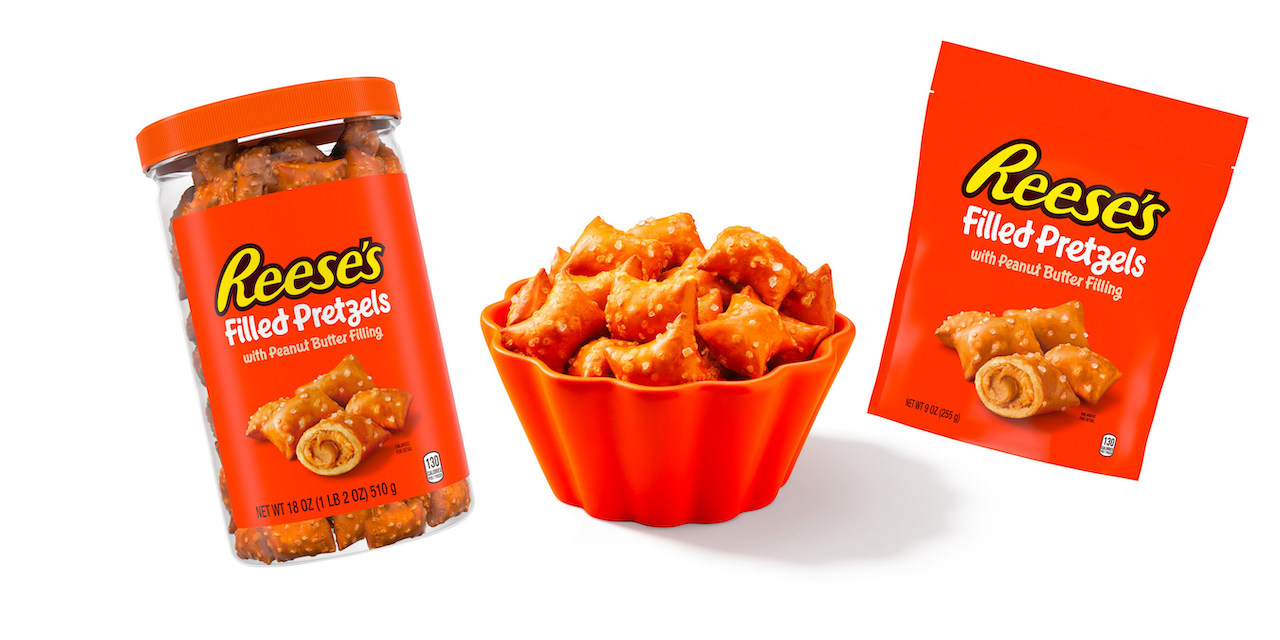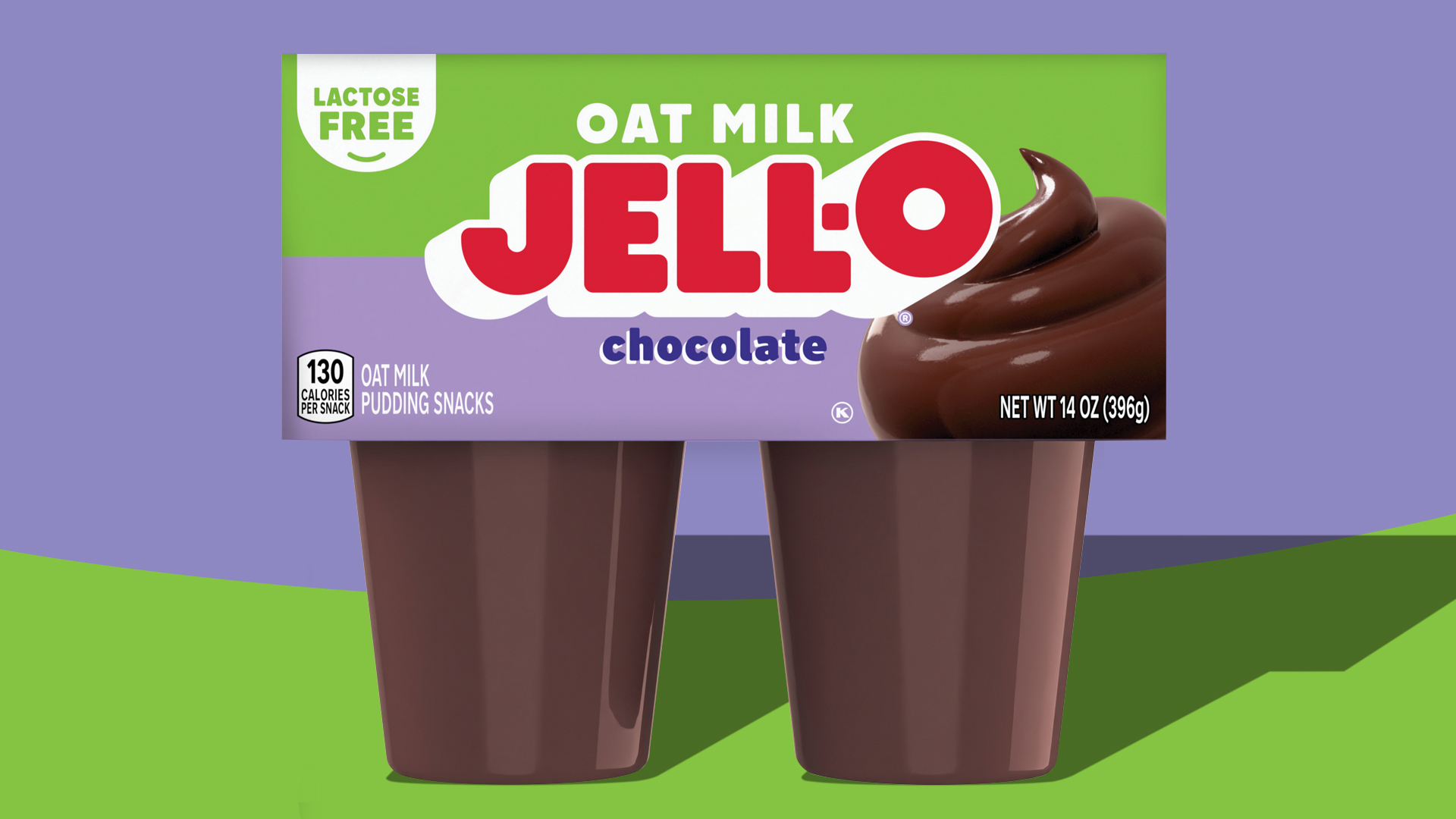Consumer Reports Warns Of High Lead Levels In Lunchables
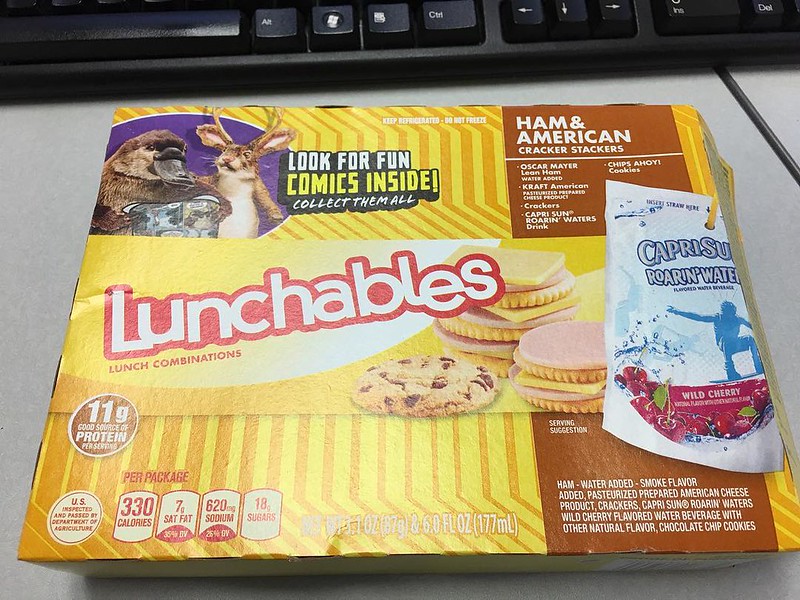
This bit of news is sure to taint many of our childhoods. According to a recent study by Consumer Reports, America’s favorite kid-friendly lunchtime snack, Lunchables, is filled with lead. I remember being jealous of kids who brought Lunchables to school, but now, my humble PB&J sammies don’t seem so bad.
Consumer Reports tested Lunchables and similar lunch and snack kits from Armour LunchMakers, Good & Gather (Target), Greenfield Natural Meat, and Oscar Mayer. The goal was to find out if any contained lead or other heavy metals or phthalate, which are chemicals that make plastics more durable. Phthalates have been shown to produce sodium which raises blood pressure. Consumer Reports also compared store-bought Lunchables with the two customized school versions.
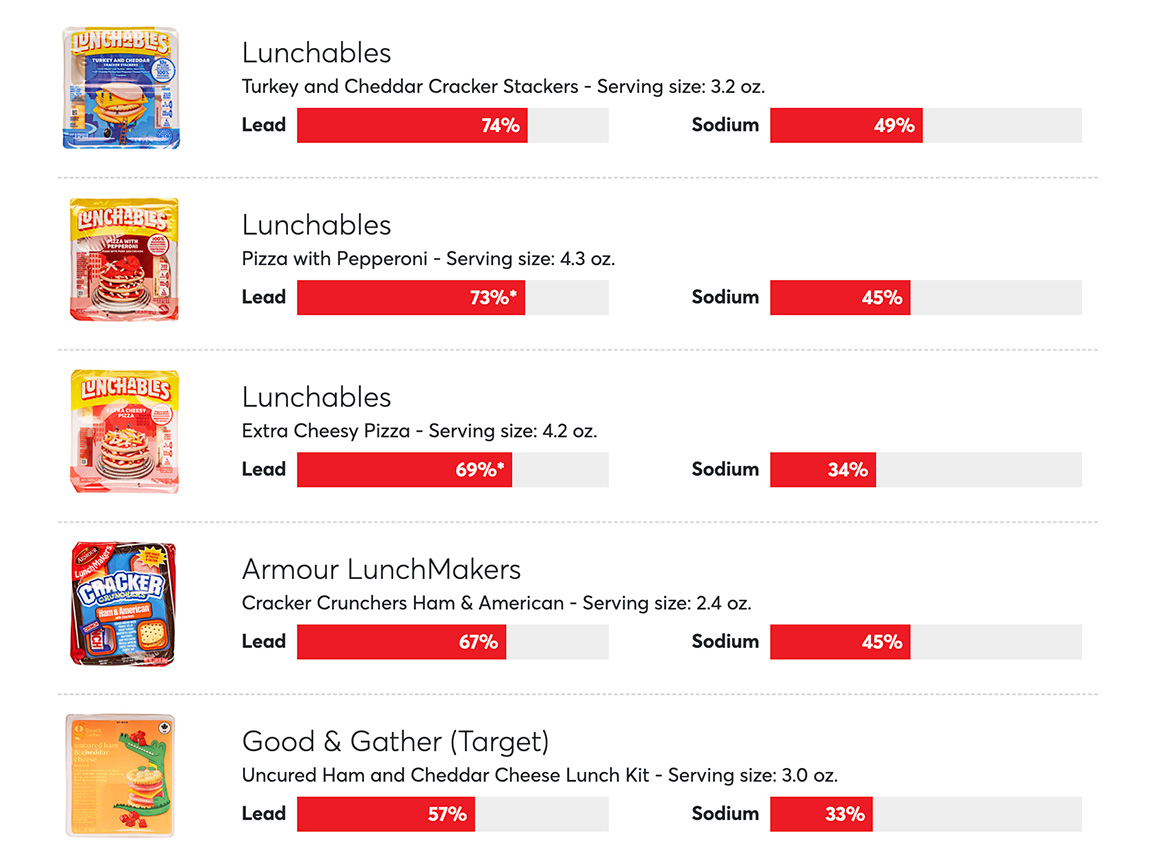
“There’s a lot to be concerned about in these kits,” says Amy Keating, a registered dietitian at Consumer Reports. “They’re highly processed, and regularly eating processed meat, a main ingredient in many of these products, has been linked to increased risk of some cancers.”
The study revealed that the school version of Lunchables contains more sodium than those purchased in stores. In total, twelve brands were tested for lead content. Curiously, the federal government does not impose limits on heavy metals in most foods, although California boasts the strictest lead standards in the country. A detailed examination of the results raises significant concerns, particularly because children are the primary consumers of these lunch and snack kits.
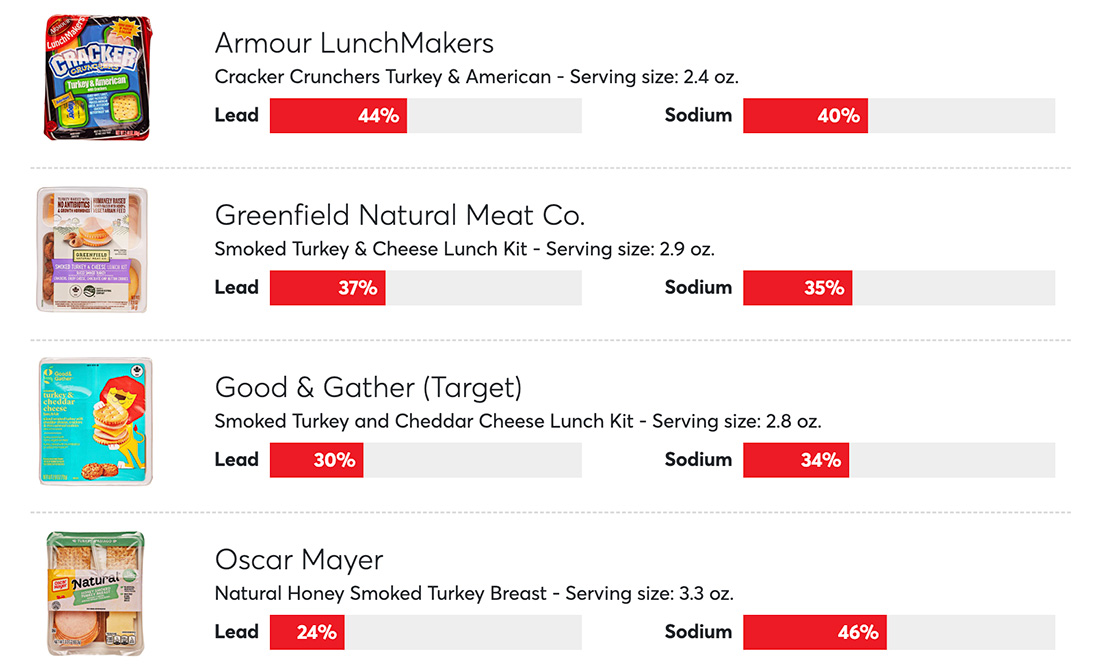
One serving of Lunchables Turkey and Cheddar Cracker Stackers had a staggering 79% lead and 49% sodium content. Target’s brand Good & Gather actually fared better with its Uncured Ham and Cheddar Cheese Lunch Kit, which contains 57% lead and 33% sodium. The brand with the least lead and sodium is P3. A serving of its Turkey Colby Jack Almonds has just 7% lead and 31% sodium. While the sodium is still concerning, it’s a lesser evil than the others on the list.
It’s natural to find contaminants like lead and cadmium in food because it naturally occurs in our environment. The problem arises when food is overly processed and heavy metals and chemicals found in plastic are introduced. Each kit tested contained lead, cadmium, or both. Trace amounts can cause children to develop issues like hypertension, kidney damage, and more. As you consume heavy metals over time, the more they build up in your body. In other words, eating any of these snack kits everyday is harmful to your health.
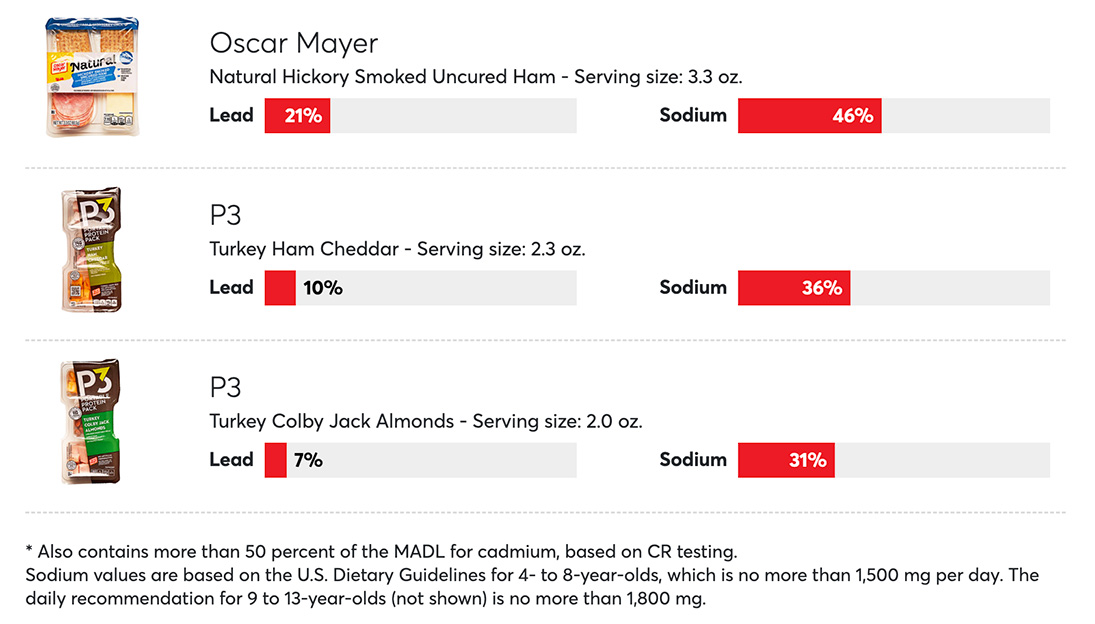
The worst part is that all of the kits tested contain legal amounts of heavy metals, except in California, where five of the brands contain more than 50 percent of the state’s maximum allowable dose level (MADL) of lead or cadmium. Many of the kits are small-sized portions that range from 2 to 4 ounces — that means the metal content is relatively high. According to the report, kits only provide around 15 percent of the 1,600 daily calories required by the average 8-year-old. They miss the mark in calories but exceed it with heavy metals.
Lunchables and similar snack kits, which are not typically considered healthy, offer little nutritional benefit. According to the report, if children consume these products and reach their daily lead intake limit, they may unknowingly exceed that limit with other foods. The report provides a detailed analysis of the implications of lead content in these lunch and snack kits. As the U.S. Dietary Guidelines for 2025 are currently being reviewed, states and school districts have the autonomy to take independent action. To learn more about Consumer Report’s findings and what the future may hold, click here.













